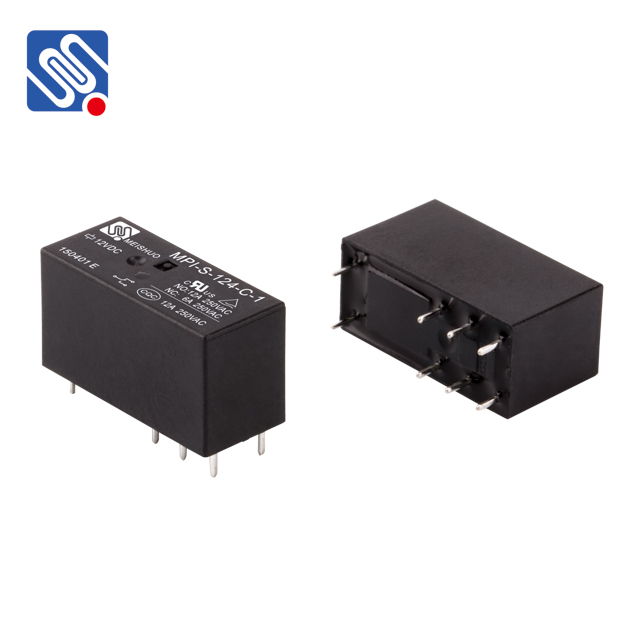relay application notes: a comprehensive guide to effective relay utilization
Release time:2025-10-28 22:55:26
Relays are essential components in modern electronic systems, offering a reliable means of controlling high-power devices with low-power signals. As versatile electromechanical switches, they find application in a variety of industries, including telecommunications, automotive, industrial automation, and home appliances. However, the successful implementation of relays requires a solid understanding of their operation, selection criteria, and practical application. This is where Relay Application Notes come into play—documents that guide engineers in selecting and utilizing relays in their projects.

Understanding Relay Functionality
A relay consists of an electromagnet, an armature, a spring, and one or more sets of contacts. When a low voltage is applied to the relay's coil, it generates a magnetic field that moves the armature, causing the contacts to open or close, thus controlling a larger current. Relays are classified by their operating principle, load type, and contact configuration. Common types include electromagnetic relays, solid-state relays, reed relays, and thermal relays, each suited to different applications.
Key Areas Covered in Relay Application Notes
Relay Basics and Operation

